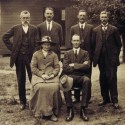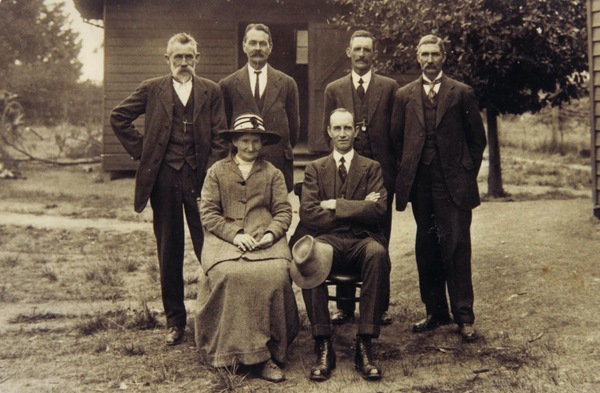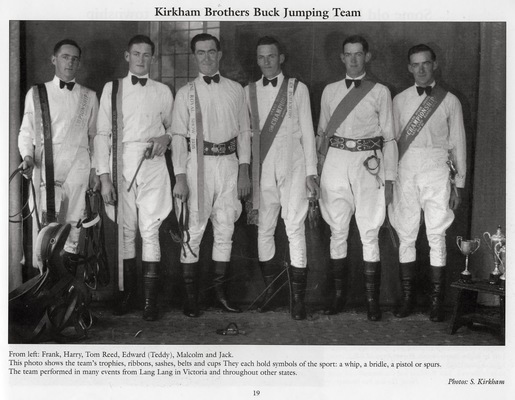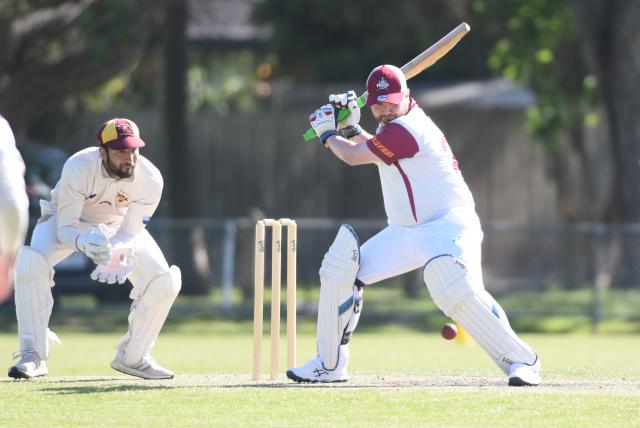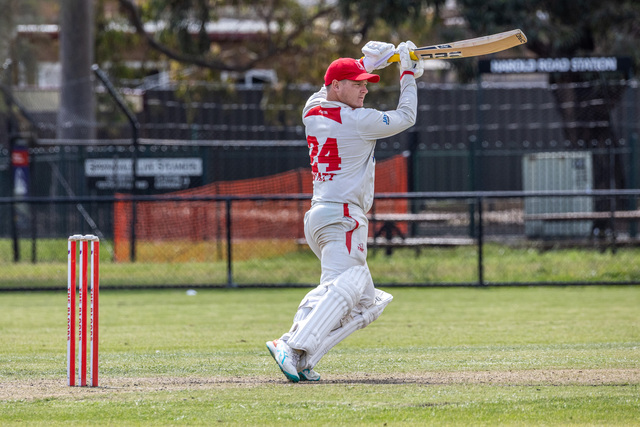What\’s in a Name
What’s In A Name delves into the fascinating stories and personalities behind some of the city’s best-known street names. This week the Journal looks at central Dandenong’s Kirkham Road, named in honour of early settler Frank Kirkham.
EDWARD Frank Kirkham arrived in Dandenong in the 1850s with his wife and three children.
He was a ship’s carpenter by trade and turned his hand to houses and fencing and was heavily involved in building Dandenong’s first homes.
He entered the employ of timber businessman JH Walker who at that time owned The Grange estate and other property.
Mr Walker started a mill on Fanny’s Hill which was known later as Acacia Park and still later as the Dandenong Bacon Factory’s property.
Mr Kirkham at that time had a property in the direction of Orleigh Park but Mr Walker induced him to sell it and secure a block nearer to the milling operations.
This was when he bought a block from the Collins’s on Kirkham Road, subsequently named after him.
There he built one of the earliest huts in the district.
Mr Kirkham and William Blackmore erected a fence around the three acres at the corner of Langhorne and Wilson streets in 1857 for the original police camp.
A short time afterwards Mr Kirkham with John Collier built wooden structures that included officers’ quarters, a watch house, and a lean-to which was used as a stable.
The first burial at Dandenong Community Cemetery – established on 20 acres on Kirkham Road in 1857 – is believed to have been an Aborigine who worked part-time for Mr Kirkham.
Mr Kirkham (1829 to 1905) and family members are now also buried there alongside other Dandenong pioneers.
Mr Kirkham was married to Mary Ann Dallimore (1826 to 1889) and they had three children in Melbourne and the Gardiners Creek area before moving to Dandenong.
Their children married into the Reedy, Ordish and Redfern families.
It’s said that Mr Kirkham made a £5 bet with John Adams that he could stay beneath the surface of the Bangholme water hole the longest.
The water at 15 feet was icy cold. When onlookers began to fear for the pair, Mr Adams popped up followed almost immediately by the victorious Mr Kirkham.
The Kirkhams were also involved in 1858 in establishing the Eumemmerring Denominational School, later Hallam State School.
Francis Edward Kirkham was on the Hallam’s Road School committee in 1921.
Several Kirkham children appear in a 1924 school photo – Bessie, Jack (John), Harry (Henry) and Teddy (Edward).
Francis Edward Kirkham married Margaret Beatrice Moran in 1904 and they had 10 children, born in Dandenong, Berwick or Cranbourne – Honora Margaret (1905), Alice Helen (1907), Francis ‘Frank’ Henry (1909), Charles (1910), Margaret (1911), Bessie (1912), John ‘Jack’ Moran (1915), Edward ‘Teddy’ William (1915), Henry ‘Harry’ Alexander (1917) and Malcolm Frederick (1919).
Charles and Margaret died the same year they were born.
With Tom Reed, brothers Frank, Harry, Teddy, Malcolm and Jack were the Kirkham Brothers Buck Jumping Team.
They performed in events throughout Victoria and interstate, winning trophies, ribbons, sashes, belts and cups.
Jack Kirkham was a City of Berwick councillor from 1974 until 1980 when he retired due to ill health.
Jack Kirkham Reserve in High Street, Berwick, is named in his honour.
Want to know the history behind a street name in Greater Dandenong? Let us know and we’ll find out! Email journal@starnewsgroup.com.au.

